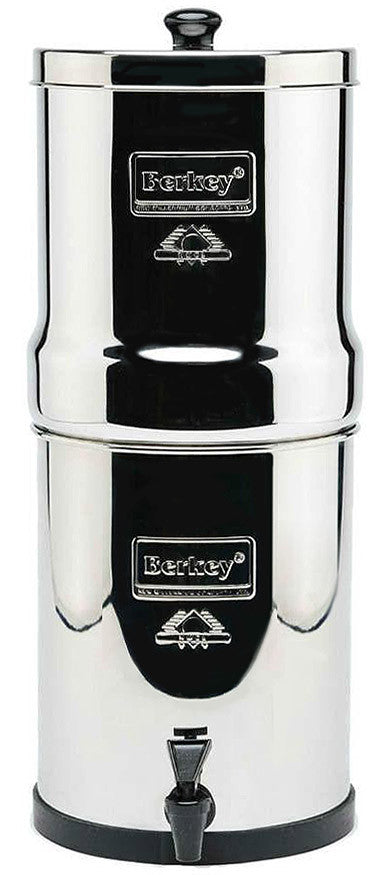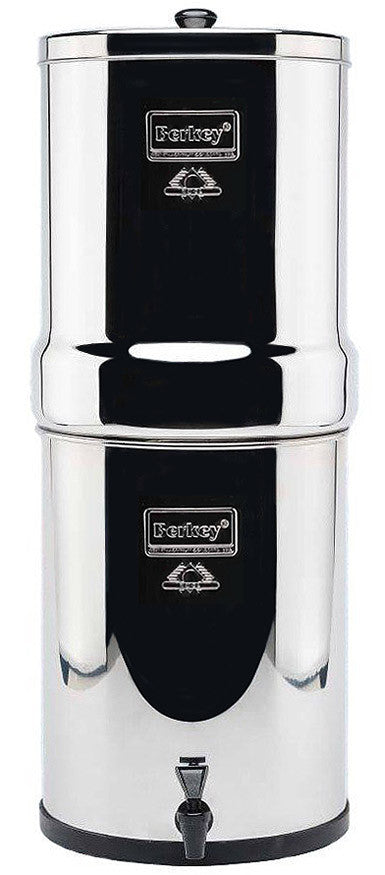
Nitrogen is important for plant and animal life and can take various forms. The most widely recognized type of nitrogen found in well water is Nitrate.
Wells with an undeniable level of nitrates are bound to be privately owned, shallow, and influenced by human activity.
What are Nitrites and Nitrates?
Let us first define the two.
Nitrate (NO3)
Nitrite (NO2)
To understand the relativity of the two compounds, we have to tackle chemistry. The difference between the two chemicals is the oxygen they possess. Nitrates are composed of 3 oxygen atoms with a chemical formula of NO3-, while Nitrites have two oxygen atoms that make a chemical formula of NO2-.
Though relatively passive, nitrates turn into nitrites with the help of bacteria and enzymes found in the mouth and body.
In addition, the body produces many nitrates and secretes them in the saliva and into the digestive tract.
Nitrates function as antimicrobials in the digestive system, helping kill bacteria found in the body, like salmonella. They then return to the saliva, a process called enterosalivary circulation.
Nitrites are converted into Nitric Oxide, a good chemical. However, they can also turn into Nitrosamide, a bad chemical. When consumed in excess, Nitrosamidee causes certain diseases, like cancer. Nitric oxide helps the body by transmitting arterial cells that relax the system.
Nitric oxide controls the cardiac rhythm and helps lower blood pressure. It does this by dilating the blood vessels, which relaxes muscle cells. Nitroglycerin, a beta-blocker and a nitric oxide derivative, is just one of the drugs responsible for controlling heart rate.
Where are Nitrates found, and What are Their Uses?

Nitrates are naturally found in vegetables, especially beetroot. They are used to make beetroot juice, which helps increase performance. Nitrates also give the meat a pinkish or reddish color.
Typical sources of Nitrate include:
- fertNitrate,
- animal wastes, particularly in areas of intensified farming,
- sewage disposal systems that are not reticulated and
- industrial and food processing waste.
Bacteria convert nitrates to nitrites, which react with the oxygen-binding protein in meat. Without nitrites, meat would quickly turn brown.
Commonly, nitrates taste salty and give color to the meat. Nitrates that are naturally found in beetroot also help increase performance during exercise.
In addition, it is a natural enhancer that sports enthusiasts mostly consume. Nitrates function as a preservative that helps prevent the growth of harmful bacteria in food.
Nitrates are mostly used in processed foods like sausages, bacon, hotdogs, and hams. They give the meat a salty taste and eliminate bacterial growth that causes a foul odor, thus preserving the meat from decomposition.
Nitrates VS Nitrites
These two, nitrates and nitrites, are relatively related to one another. They do not go far from one another. The other is just the conversion of the other with the help of certain salivary glands and bacteria. Studies show that both are just as equally hazardous to health.
Researchers conducted a test to check the levels of nitrates in vegetables and meat. The test found that nitrates are more abundant in vegetables than processed meat. On the bright side, nitrosamides can be inhibited by using antioxidants such as Vitamin C and Vitamin E during the curing or preservation process.
When exposed to high heat, nitrates create Nitrosamide, which is one of the causes of diseases. Since processed foods rich in Nitrosamide are toxic and unhealthy, they are also unhealthy. However, nitrate is less toxic than live plants, so they use it as a food source.
Furthermore, nitrates are used in agriculture as fertilizers. They are converted to ammonium, sodium, potassium, and calcium salts commonly used in fertilizers. Excessive fertilization can also lead to eutrophication.
Eutrophication is the process of enriching the ecosystem with chemical nutrients, such as fertilizers. It can create algae that cover the water sources, leading to scarcity and, in turn, changes in the ecosystem.
It helps preserve food, provides delightful and tasty products, and is used as fertilizer to grow plants. However, it's still dangerous to our health. Studies have shown that this disease-causing chemical is a carcinogen. This carcinogen can be found in food and water.
Nitrate in Drinking Water

Most nitrogenous materials in natural waters will generally convert over to nitrate, so all sources of combined nitrogen, especially organic nitrogen and ammonia, should be considered potential nitrate sources.
Nitrate in groundwater comes from nitrate fertilizers, septic systems, and compost storage or spreading operations. The primary inorganic nitrates that may contaminate drinking water are potassium nitrate and ammonium nitrate, both widely used as fertilizers.
Fertilizer nitrogen is not taken up by plants, volatilized, or moved by surface overflow; it ends up in the groundwater as nitrate. This renders nitrate nitrogen unavailable to plants and may increase groundwater concentration beyond the acceptable drinking water quality limits.
Nitrogen from compost can be correspondingly lost from fields, farms, or storage areas. Septic systems eliminate just 50% of the nitrogen in wastewater, passing the other half on to filter into groundwater, thus raising groundwater nitrate concentrations.
How do you know if nitrates or nitrites are in your water?
Nitrate drinking water standards
Dangers to the Health
Nitrates are a common cause of diseases in infants under six months of age. They cause blood disorders that produce abnormal hemoglobin, called Methemoglobin. Methemoglobin can carry oxygen throughout the body but cannot effectively release oxygen to body tissues.
This disorder is medically called Methemoglobinemia or commonly called "Baby Blue Syndro ". Methemoglobin forms from the oxidation of iron in hemoglobin, where iron cannot shift from ferrous to ferric form.
Iron aids in releasing oxygen. Due to the lack of oxygen inIrony tissues, a lack of oxygen occurs in the body organs. Methemoglobinemia can be treated with the help of Methylene Blue.
High nitrate levels may also affect the oxygen-carrying ability of the blood of pregnant women.
Fortunately, doctors can treat hemoglobinemia, and babies fully recover if treated promptly. Likewise, health risks are lowered for kids older than six months and adults. For more data on the dangers of nitrate consumption, consult your primary care physician.
Can you remove or lower the levels of nitrates in your water?
Nitrate is easily dissolved in water, and no basic elimination approach exists. Although it is customary to consider boiling, softening, or filtration as a method for purifying water, none diminishes nitrate contamination.
Boiling water before drinking does not eliminate Nitrate. While boiling, the portion of the water that contains nitrates evaporates; this does not affect the nitrate concentration.
Softening and filtration do not eliminate nitrate; however, they lower nitrate levels in drinking water. Before introducing any treatment system, re-test for nitrates to ensure levels are below the drinking water standard.
Below are some accessible solutions. The well owner must assess the circumstances influencing their well and decide on the correct answer.
Immediate Solution
If your water has a high nitrate concentration, an immediate solution is to use an alternative water source (like bottled water) for drinking, cooking, and mixing baby formula. Do not boil the water—it worsens the issue.
Long-term Solution
You can treat the water to eliminate the nitrate for a long time. Advancements that eliminate Nitrate include reverNitratesis, ion exchange, and distillation. Each system has benefits and weaknesses; no single method will address all water quality issues.
- Anion Exchange
- Reverse Osmosis
How to Protect Your Family from this Toxic Chemical?

There are ways to prevent nitrate toxicosis. These include minimizing consumption of processed food rich in nitrates, eating organic food that uses organic fertilizers, eating a diet high in antioxidants, such as Vitamin C and Vitamin E, which inhibit nitrates, and, most importantly, making sure that drinking water is free from chemicals and other substances.
As family members, we want the best for our family, keeping them healthy and disease-free. Infants under six months old are affected by weak resistance, and we are unaware that the water we provide them is contaminated with nitrates.
Water and formulated milk are the only sources to keep them hydrated b, apart from fresh milk. One way to keep the assurance is to make sure that drinking water is purified. Some purifiers usually use chemicals as reagents to filter water, but scientists have found a way to purify water without toxic chemicals.
Distillation, reverse osmosis, ion exchange, and filtration are the water purification methods for nitrate contamination. Nitrates are not removed from water by boiling, adding softening agents, or activating charcoal water purification filters.
← Older Post Newer Post →





